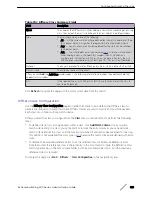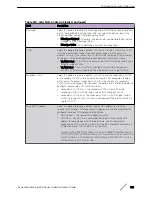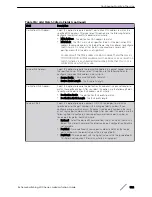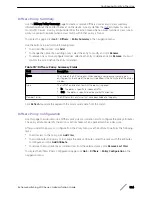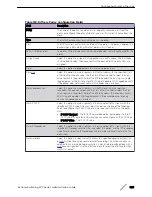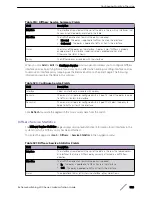
Table 309: Protocol Based Auto VoIP Fields (continued)
Field
Description
802.1p Priority
The 802.1p priority used for protocol-based VoIP traffic. This field can be
configured if the Prioritization Type is 802.1p Priority. If the Auto VoIP mode is
enabled and the interface detects a call-control protocol, the device marks traffic
in that session with the specified 802.1p priority value to ensure voice traffic
always gets the highest priority throughout the network path. Egress tagging
must be administratively enabled on the appropriate uplink port to carry the
remarked priority at the egress port.
Traffic Class
The traffic class used for protocol-based VoIP traffic. This field can be configured
if the Prioritization Type is Traffic Class. If the Auto VoIP mode is enabled and the
interface detects a call-control protocol, the device assigns the traffic in that
session to the configured
queue. Traffic classes with a higher value are
generally used for time-sensitive traffic. The CoS queue associated with the
specified traffic class should be configured with the appropriate bandwidth
allocation to allow priority treatment for VoIP traffic.
Interface
The interface associated with the rest of the data in the row. When editing Auto
VoIP settings on one or more interfaces, this field identifies the interface(s) being
configured.
Auto VoIP Mode
The administrative mode of the Auto VoIP feature on the interface:
•
Enable – The interface scans incoming traffic for the following call-control
protocols:
•
Session Initiation Protocol (SIP)
•
H.323
•
Skinny Client Control Protocol (SCCP)
•
Disable – The interface does not use the Auto VoIP feature to scan for call-
control protocols.
Operational Status
The operational status of an interface. To be up, an interface must be
administratively enabled and have a link.
Configuring Class of Service
The
queueing feature lets you directly configure certain aspects of switch queueing. This provides
the desired
behavior for different types of network traffic when the complexities of DiffServ are not
required. The priority of a packet arriving at an interface can be used to steer the packet to the
appropriate outbound CoS queue through a mapping table. CoS queue characteristics that affect queue
mapping, such as minimum guaranteed bandwidth, transmission rate shaping, etc., are user-
configurable at the queue (or port) level.
Seven queues per port are supported. Although the hardware supports eight queues, one queue is
always reserved for internal use by the stacking subsystem.
IP DSCP Mapping Configuration
Use the IP DSCP Mapping Configuration page to map an IP DSCP value to an internal traffic class.
To display the IP DSCP Mapping Configuration page, click
QoS
>
Class of Service
>
IP DSCP
in the
navigation menu.
Configuring Quality of Service
ExtremeSwitching 200 Series: Administration Guide
315



















